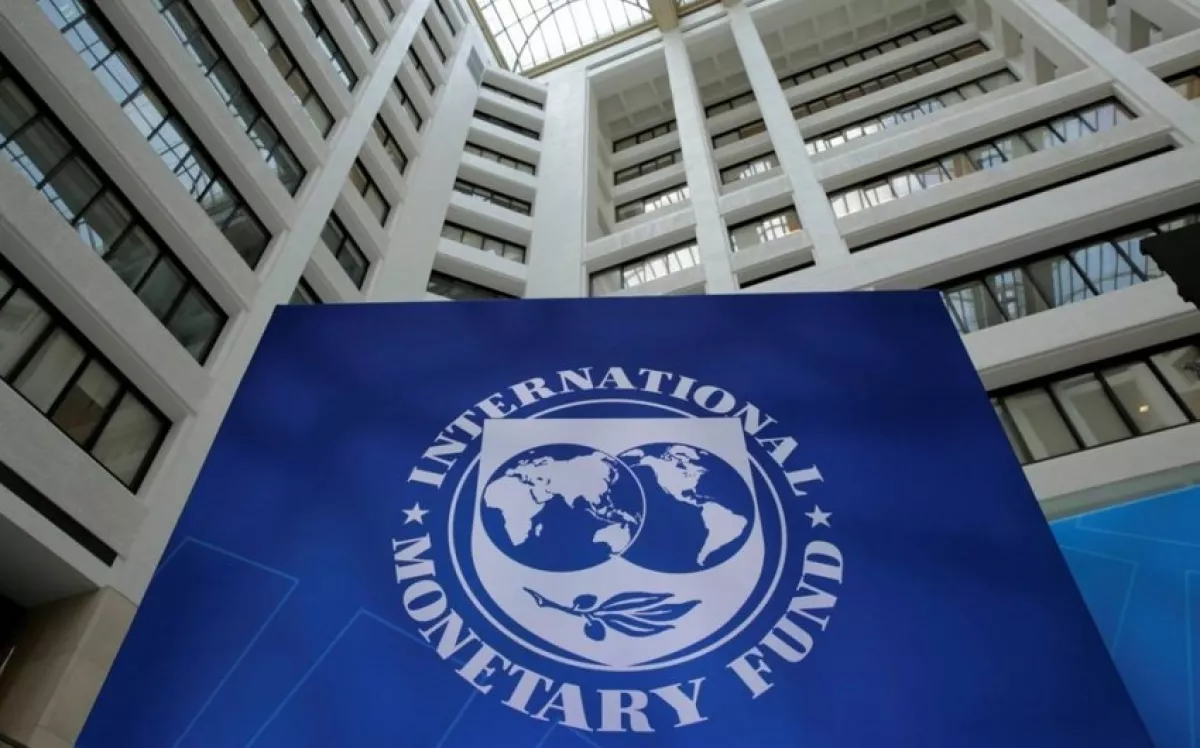The world on the brink of a heart attack Global debt explosion
According to the OECD’s 2025 Global Debt Report, governments and corporations borrowed $25 trillion on the financial markets in 2024—almost three times the amount raised in 2007. If this pace continues, total global debt could soon match the size of the world’s entire GDP.

A significant portion of this amount was accumulated during periods of global economic shocks — notably during the 2008 global financial crisis and in 2020–2021 amid the COVID-19 pandemic.
In 2008, the governments of the United States and Western European countries allocated vast funds to rescue the banking sector. These funds came both from the redistribution of budget expenditures (including cuts to social programs) and from large-scale borrowing.
In November 2008, in response to the global financial crisis, the Chinese government announced a massive economic stimulus program worth 4 trillion yuan (approximately 586 billion US dollars), investing it in infrastructure and industrial development.
In 2020, governments worldwide again borrowed trillions of dollars to mitigate the effects of the pandemic. Since then, borrowing volumes have only continued to grow.
Of course, politicians elected for limited terms rarely consider the future servicing of these debts — especially given the accumulating interest.
The global debt burden wouldn’t look so alarming if the economy were showing steady growth. However, in most developed countries, growth rates remain close to zero. As a result, the average debt-to-GDP ratio in these countries has reached 110%, compared to 71% in 2007.
The figures for the United States are particularly striking. Currently, its debt-to-GDP ratio stands at 123%, with the total debt exceeding $36 trillion.
In 2024, the U.S. government spent 13% of the federal budget — $881 billion — solely on interest payments for this debt. This is more than the spending on healthcare, education, child programs, and even defence.

According to forecasts by the U.S. Congressional Budget Office, interest payments will reach $952 billion in 2025 and grow to $1.8 trillion by 2035, accounting for 22% of all federal spending.
The United States can afford such a high level of borrowing thanks to its unique political and economic status. Moreover, the sharp increase in national debt once played a crucial role in America’s victory in the Cold War.
Under Ronald Reagan, the U.S. used borrowed funds to overcome the crisis of the 1970s and launched a new arms race that the Soviet economy could not sustain.
After World War II, the dollar became the foundation of the liberal world order, serving as the global reserve currency and the key instrument of international trade. It was regarded almost like “gold.”
However, in recent years, this position has been undermined. In 2024, the rating agency Moody’s downgraded the U.S. credit rating, stripping the country of its top “AAA” status.

The current situation explains why the Trump administration promoted the “America First” agenda, aimed at reducing international commitments and cutting domestic spending, including federal bureaucracy costs.
Many members of the American establishment understand that the existing model of endlessly increasing debt cannot last forever.
Similar processes are occurring in emerging market countries as well. According to the OECD, their combined debt rose from $4 trillion in 2007 to $12 trillion in 2024. The volume of annual borrowing during this period tripled — from $1 trillion to $3 trillion.
In 2023, 54 developing countries spent at least 10% of their national budgets on interest payments. In Pakistan, for example, this figure reached 52%.

Overall, about 3.3 billion people worldwide live in countries where more money is spent on debt servicing than on healthcare and education combined.
Several countries are already teetering on the brink of default. Among them are Argentina, Ghana, and Zambia. Some nations are already caught in the grip of IMF programs. To avoid bankruptcy, Argentina, under President Javier Milei, has begun implementing strict austerity measures and privatisation, which has sparked mass protests and strikes. Financial troubles have been one of the causes of social unrest — in Sri Lanka in 2022, and in Bangladesh and Kenya in 2024.
A serious threat remains the rise in interest rates. Even if U.S. tariff policies do not lead to a sharp spike in inflation (which is unlikely), the increased cost of borrowing is already putting pressure on budgets.
Almost 45% of government debt in OECD countries is due for repayment by 2027. In emerging market countries, this figure stands at 40%, and in low-income, high-risk countries, it reaches 50%. Additionally, about one-third of all outstanding corporate bonds also mature by 2027.
Most of this debt was issued during periods of low interest rates. In 2020–2021, the average yield on fixed-income bonds was less than 1%, around 2% in 2022, and by 2024 it had risen to 4%. This means that as governments and corporations refinance their debts in the coming years, they will face a sharp increase in borrowing costs.

Even now, most developed countries are experiencing significant budget deficits — expenditures far exceed tax revenues. Interest payments on existing debts amount to tens or even hundreds of billions of dollars. In many cases, governments take on new loans solely to pay the interest on existing debts. This model worked when interest rates were low. But as rates rise, it becomes extremely risky.
Additional pressure comes from increased military spending amid the collapse of the old international order, as well as rising social expenditures due to ageing populations and growing unemployment.
History offers many examples of sovereign defaults, but the uniqueness of the current situation lies in the fact that not only the poorest countries but also the world’s economic powerhouses are now at risk.

Billionaire and founder of Bridgewater Associates, Ray Dalio, compared the current situation to cholesterol building up in the bloodstream: no one knows when a stroke will happen, but the crisis is already near.
Some governments have already begun taking measures, recognising the scale of the threat. However, overcoming the global debt crisis is only possible with collective will and coordinated international efforts.








